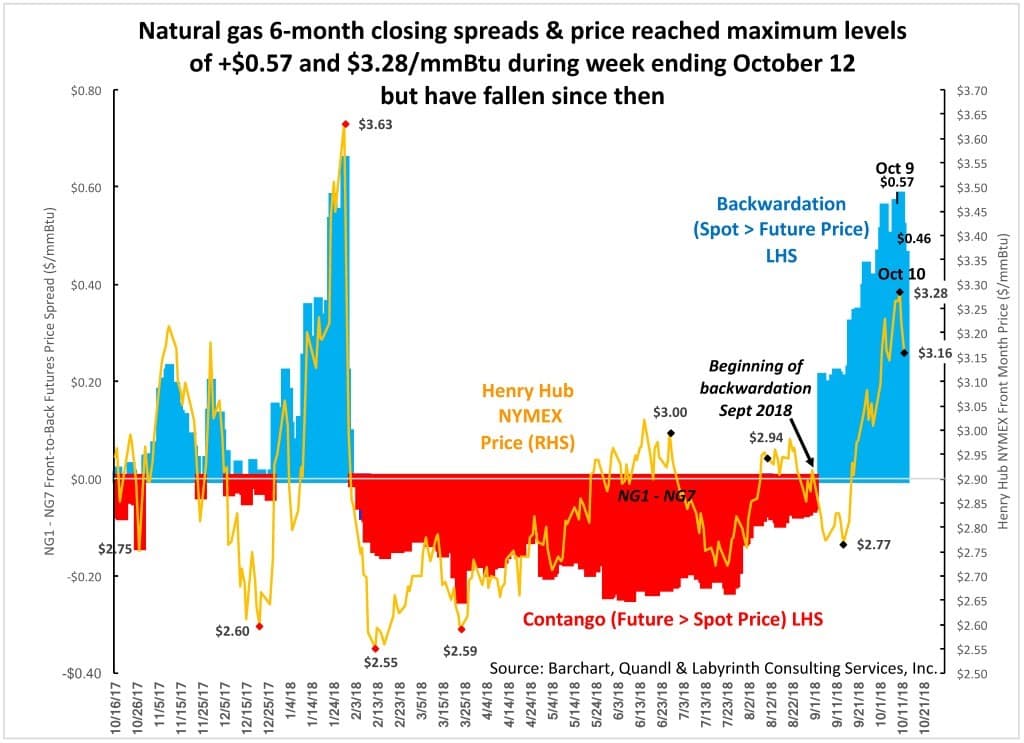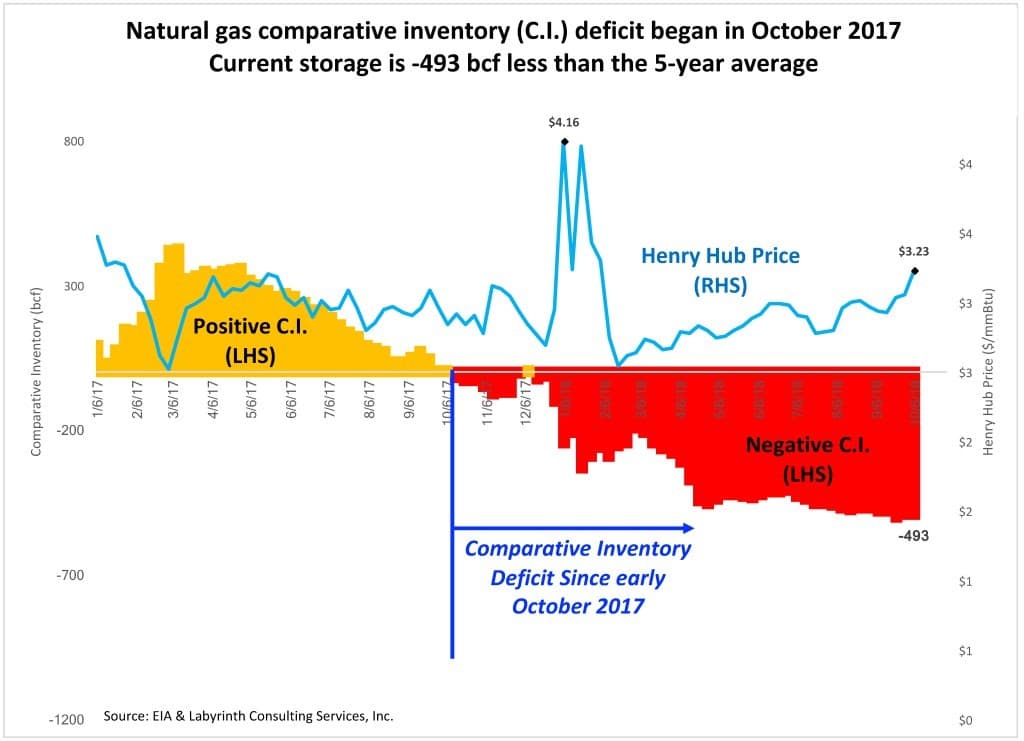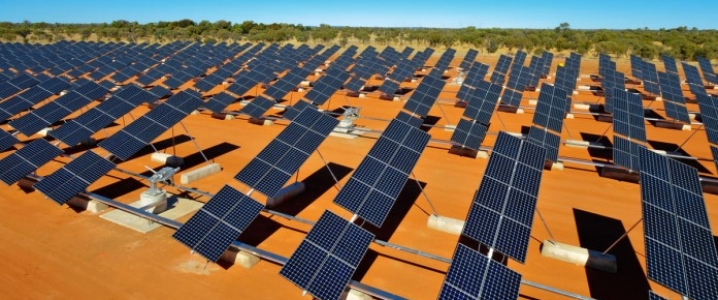There are some early signs that the U.S. shale industry is starting to show its age, with depletion rates on the rise.
A study from Wood Mackenzie found that some wells in the Permian Wolfcamp were suffering from decline rates at or above 15 percent after five years, much higher than the 5 to 10 percent originally anticipated. “If you were expecting a well to hit the normal 6 or 8 percent after five years, and you start seeing a 12 percent decline, this becomes more of a reserves issue than an economics issue,” said R.T. Dukes, a director at industry consultant Wood Mackenzie Ltd., according to Bloomberg. As a result, “you have to grow activity year over year, or it gets harder and harder to offset declines.”
Moreover, shale wells fizzle out much faster than major offshore oil fields, which is significant because the boom in shale drilling over the past few years means that there is more depletion in absolute terms than ever before. A slowdown in drilling will mean that depletion starts to become a serious problem.
A separate study from Goldman Sachs takes a deep look at whether or not the shale industry is starting to see the effects of age. The investment bank says the average life span for “the most transformative areas of global oil supply” is between 7 and 15 years.
Examples of these rapid growth periods include the USSR in the 1960s-1970s, Mexico and the North Sea in the late 1970s-1980s, Venezuela’s heavy oil production in the 1990s, Brazil in the early 2000s, and U.S. shale and Canada’s oil sands in the 2010s. Each had their period in the limelight, but ultimately many of them plateaued and entered an extended period of decline, though some suffering steeper declines than others. Supply Soars
…click on the above link to read the rest of the article…






















